Apple AirPods' 5 Secret Sauces Of Sales Success
Before we go any further, I want you to know that this is not an advertisement, and nobody at any company (especially Apple) compelled me to write what you're about to read. I noticed today that several blogs had written about some AirPods discount or another – and passed it off as news. Besides the obvious affiliate angle, how did a discount about AirPods become news – and why do so many people care? Here are five reasons why Apple AirPods are so bonkers-level popular.
Over the past several years, Apple's wireless earbuds became so extremely popular that they attained the same de facto must-own status as their larger, more expensive brethren, like the iPhone, and the MacBook. But how? Is it because of the hardware itself, or is it more about the products that surround and envelope consumer lives before AirPods purchase? How did Apple get to such a place of power over your cash?
5. That tiny LED indicator light
When you plug a MacBook in with its power cord, a tiny orange or green light appears. This light has been appearing in its same (or nearly identical) form on Apple devices for many years. The light is one example of the long game goal achieved by Apple by repeating instances of good industrial design.
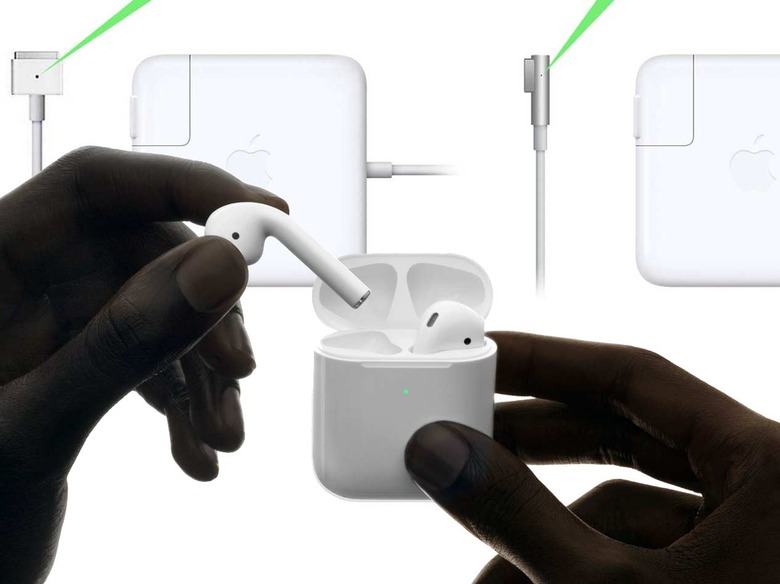
I know other companies use light in a way similar to that of Apple's, indicating charging and/or hardware connections. Apple uses these LED lights as status symbols. It's obvious that the AirPods themselves are important – they're the main product – but with the charging light, Apple makes it clear that just as much work and craftsmanship went into the case as the earbuds.
The same is true of the MacBook power cord over the past decade. Until Apple started releasing MacBooks with USB-C cables for charging, the MagSafe "L" and "T" shaped adapters showed they were delivering power with the same miniature LED (orange and green) as exists now in AirPods charging cases (now with white, too!).
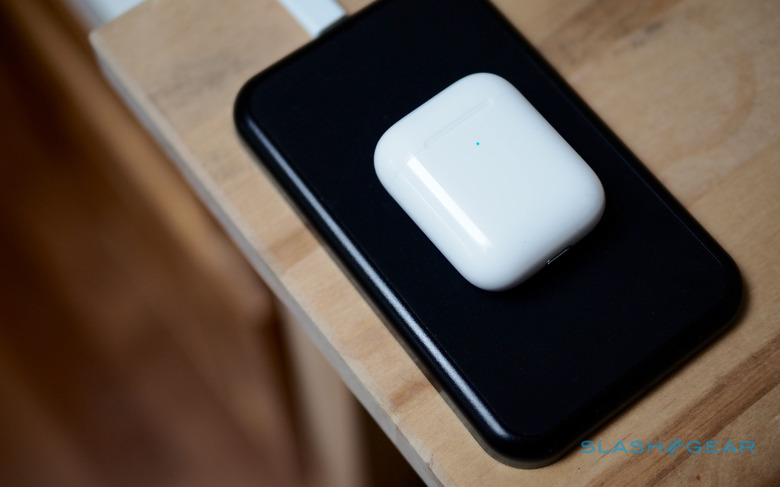
The friendliness of the orange is important. Notice how it's orange, not RED, since red indicates emergency, while orange is just a lil' nudge. Apple also does not want any product they sell to look in any way like it's creating a demanding or difficult situation. The absence of a red indicator light is proof.
I don't mean to suggest that Apple sells more AirPods just because they've got an LED that shines orange and green. I do mean to suggest that it is with details such as this, Apple created a familiar product with which Apple-loving consumers felt at home.
4. Buying the biggest competitor in Beats
Apple didn't buy Beats by Dre to put Beats headphones out of business. But they sure as heck didn't buy the brand solely for the streaming services they eventually turned into Apple Music. They wanted that it-factor and brand-name finesse.
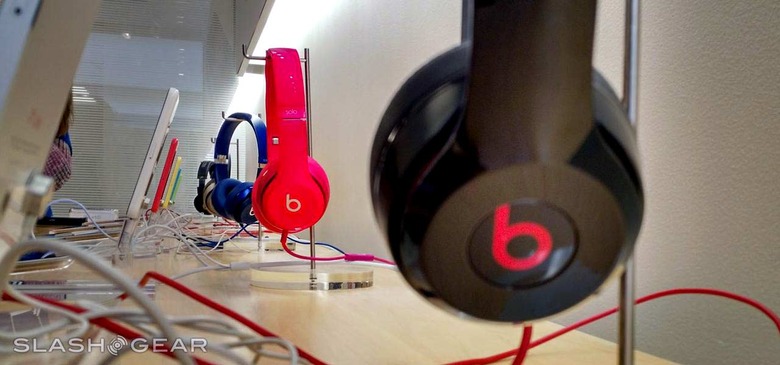
3. The software/hardware connection
Two of the top three products in the "Earbud & In-Ear Headphones" category on Amazon right now are Apple AirPods. The other is Apple's EarPods with Lightning Connector. Two major reasons for this are included in Apple's best-selling product: The iPhone.
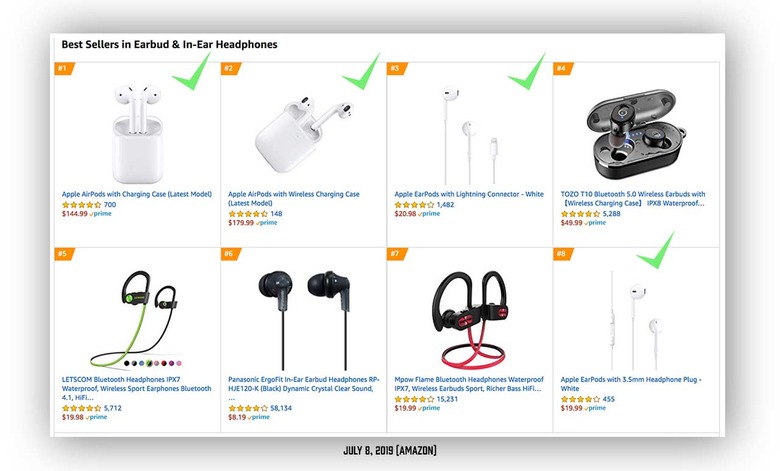
SEE TOO: Our AirPods 2 Review
Apple doesn't hold back when suggesting that their products work best with other Apple products. They don't hold back in suggesting that a user might want to consider buying a set of AirPods if they already own an iPhone – what better way to have the full experience?
When you pair AirPods with your iPhone, an AirPods image indicator pops up on the display. It's as if Apple is congratulating you on completing the hardware set. You're applauded as a cool, loyal owner of Apple products.
2. You probably already own an iPhone
According to the latest from The NPD Group's Mobile Connectivity Report, one in four smartphone owners "waited more than three years to upgrade their last device." Of those that DO plan on buying a new phone in the first half of the year 2019, more than one third plan on buying of the following "hero devices":
NPD Group defines "Hero Device" here as:
• Apple iPhone XS
• XS Max
• XR
• Samsung Galaxy S9
• S10
• Note 9
SEE: Number three, the Software/Hardware connection. One product pushes the other. Now that we're at a place where people like you and I are keeping phones for more than a year or two, the phones that are already in the hands of consumers dictate the sort of accessories that are bought over the course of the life of the phone.
1. Every Apple product is treated like a hero
On that same list of best-selling earbuds, over on Amazon, guess where Samsung's first entry comes in? Number nine. Samsung's earbuds there are the Samsung Galaxy Buds, with wireless charging case. Samsung's been far less ravenous when it comes to marketing their earbuds – almost as if they're not following the same playbook as Apple when it comes to the whole "every single product is a hero" strategy.
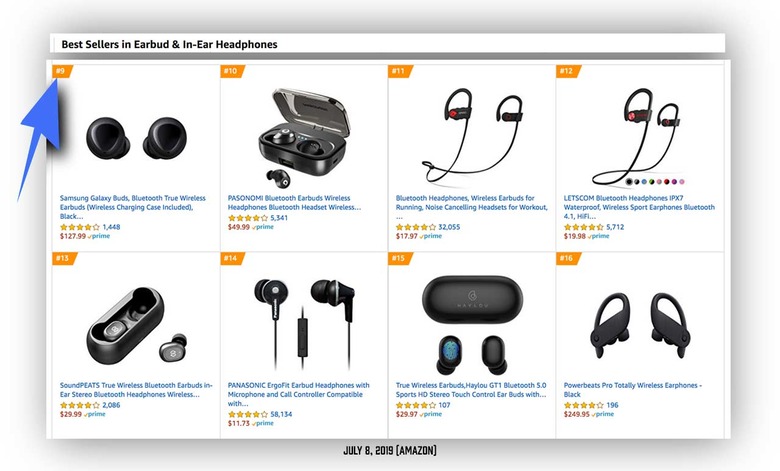
That's the strategy that keeps you coming back time and time again. You want the ones that look like the stuff you've already got. You want the Crayola Crayons, the Band-Aid brand adhesive strips, the Roller Blade in-line skates. You want the Apple (insert product name here). Now, what's next?
